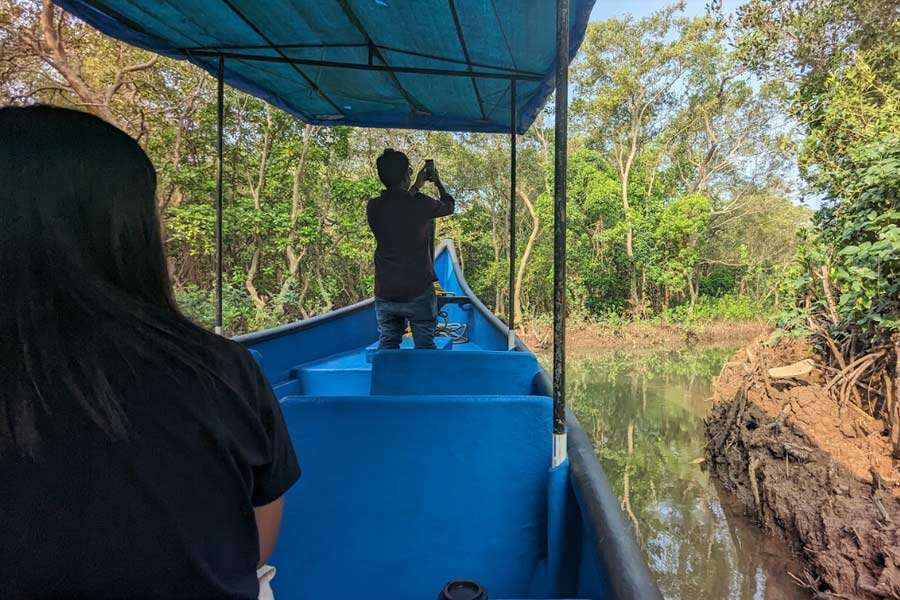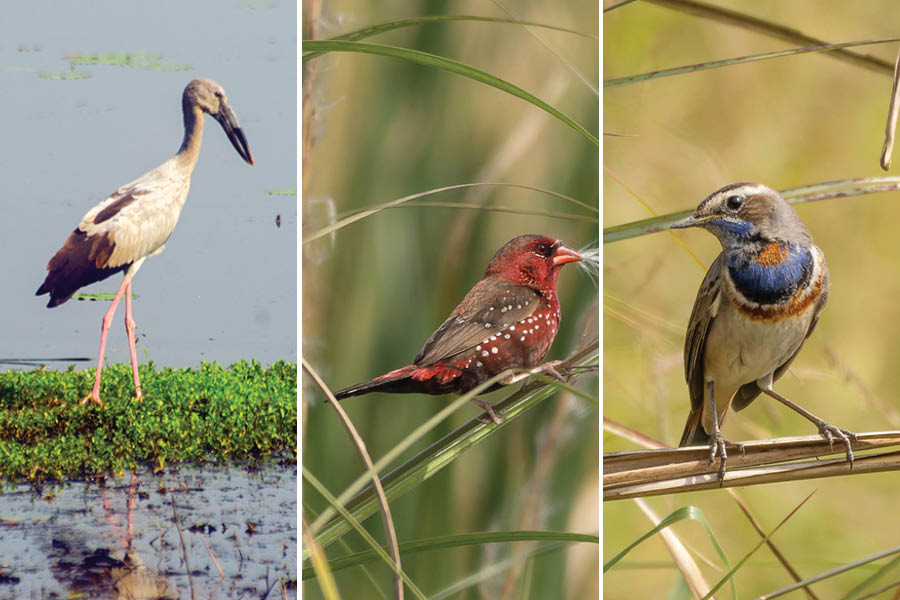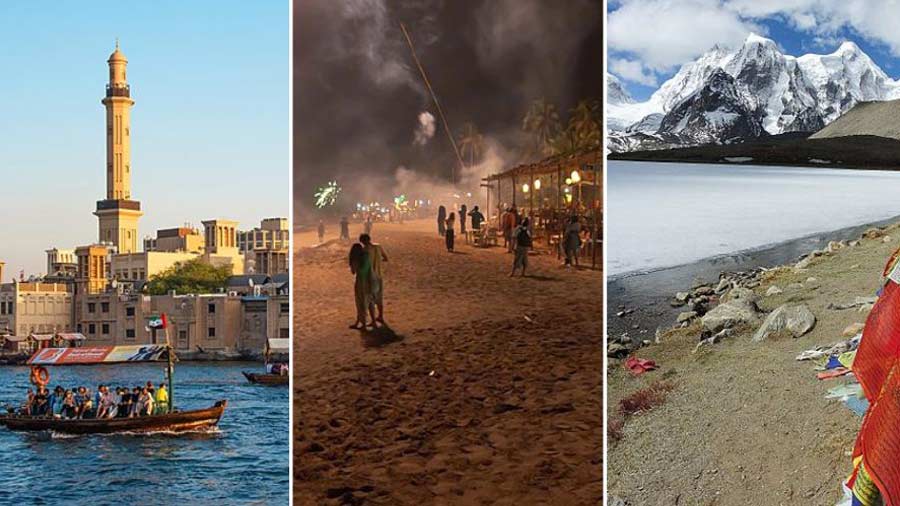There are many sides to Goa. While the state’s vibrant reputation is synonymous with beaches, parties and music festivals, there’s a quieter side waiting to be discovered. One such place close to the mainland of Goa is Chorao island. Chorao island is also known as Chodan. Formerly Choddnnem, meaning ‘jewelled headwear’ in Konkani, Chorao Island underwent a name change by the Portuguese, who ruled Goa for 450 years. Renamed ‘Ilha dos Fidalgos’ (island of noblemen), it eventually became the Chorao we know.
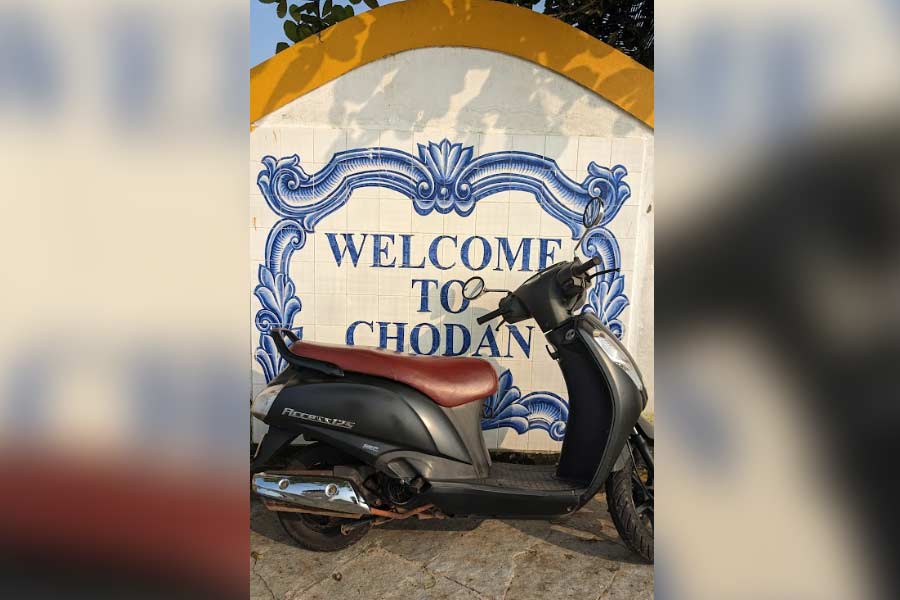
Chorao is also known as Chodan
How to get to Chorao Island?
The best way is to reach Ribandar ferry point by road, which is around 5km from Panjim (Panaji). The ferry is the only means of transport for inhabitants of Chorao Island, accommodating both people and vehicles. Tickets are free for individuals and two-wheelers, and a fee of Rs 10 is levied on cars. Ferries operate frequently on the Ribandar-Chorao route, departing as soon as they’re filled. The ride takes around 15-20 minutes.

A ferry ride is the only way for travellers and locals to get to the island
What to see and do on Chorao Island?
Meander through the untamed charm of mangroves: The island on the Mandovi river is surrounded by a thick layer of mangrove swamps. According to the Forest Department of Goa, Goa houses 16 mangrove species and most can be found in Chorao. For anyone who enjoys the wild beauty of the mangroves of Bengal’s Sunderbans, this is something you will enjoy too!
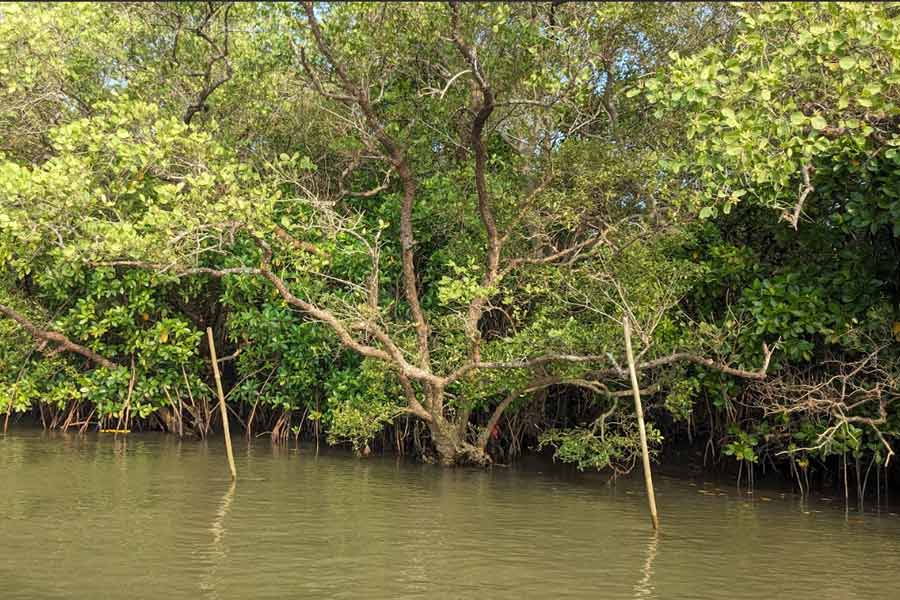
Chorao is surrounded by mangroves
Birdwatching at the Salim Ali Bird Sanctuary: The sanctuary, named after the famous ornithologist Salim Ali, is a haven for birdwatchers, and home to both resident and migratory birds. Keep your eyes peeled for the White-throated Kingfishers, cormorant, the Common Redshanks, and the graceful flights of egrets. With the help of binoculars, one can also spot the elusive Malabar Pied Hornbill or the White-Bellied Sea Eagle. The gate to the sanctuary is not far from the ferry drop-off point, and there are boats near the sanctuary that take you around.
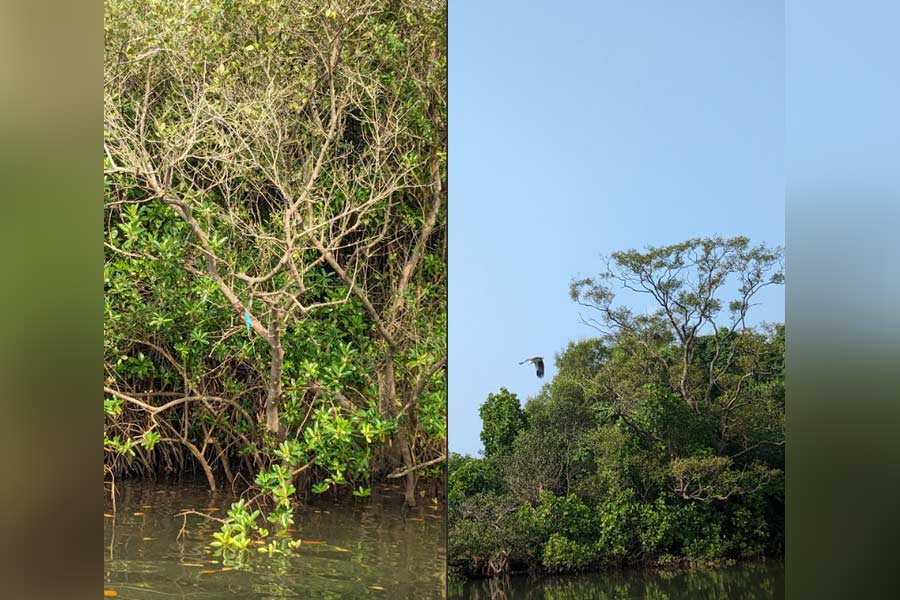
Birds of Chorao: A White-throated Kingfisher and (right) a White-bellied Sea Eagle takes flight
Go otter-spotting: The mangroves alongside the Mandovi river in north Goa are home to the smooth-coated otter, listed as ‘Vulnerable’ on the International Union for Conservation of Nature (IUCN) list of threatened species. Generally, these species can be found in large rivers and lakes, mangroves, estuaries, and even rice fields for foraging. Wild Otters Research has a coworking space in Chorao, and they organise wetland and mangrove walks on request for schools and groups, accompanied by one of their researchers. Follow their Instagram account for otter adventures.
Visit Shri Devaki Krishna Bhumika Mallinath Temple: Rebuilt in 1934, the temple rises from the remnants of the past after the original structure was destroyed during Portuguese rule. It is only in Goa that Lord Krishna and his biological mother Devaki are worshipped together, and the roots trace back to a story from the Mahabharat. Before the simple yet elegant architecture of the temple unfolds, a spacious open area or sabhamandap welcomes visitors. The festival of Homkand graces the temple and the island every March, where a 20-foot bonfire is lit to burn away evil and a traditional dance is performed by the locals.

The embellished door to the temple and (right) a stone deity of Devaki carrying infant Krishna inside the temple. Devotees believe that Krishna took the form of an infant so that his biological mother Devaki, who had to part with him as a child, could recognise him
Take a guided tour: With a vehicle, it is easier to move around. Look up Goa-based adventure company Soul Travelling for a guided tour of Chorao island.
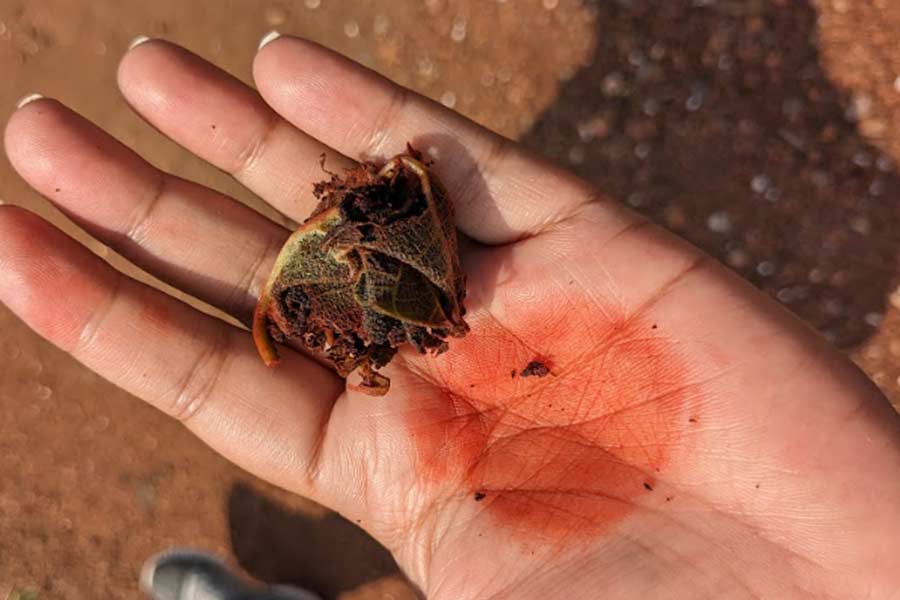
The leaves of the teak trees around naturally stain your hands like mehendi would
What to eat and drink
Stop at any of the local shacks for bhaji and poie, and wash it down with some feni (or urak in the right season) at a local tavern! There are only a handful of restaurants and bars like Rock-Shell, Meenali, Neelima.

Stop for some poie and bhaji at one of the local eateries
